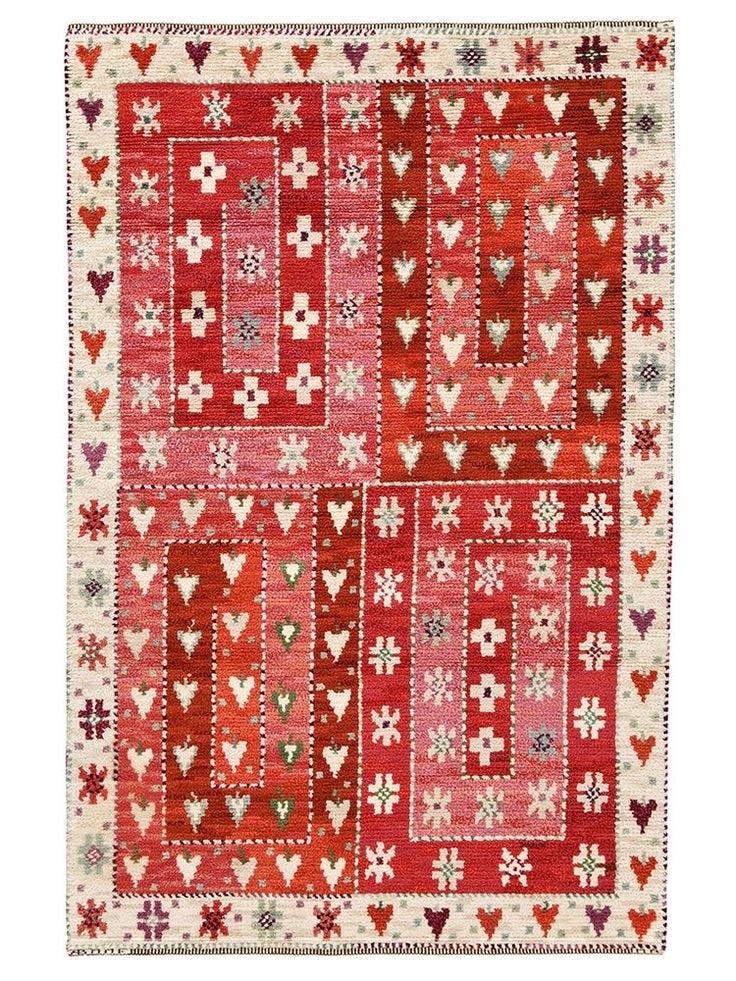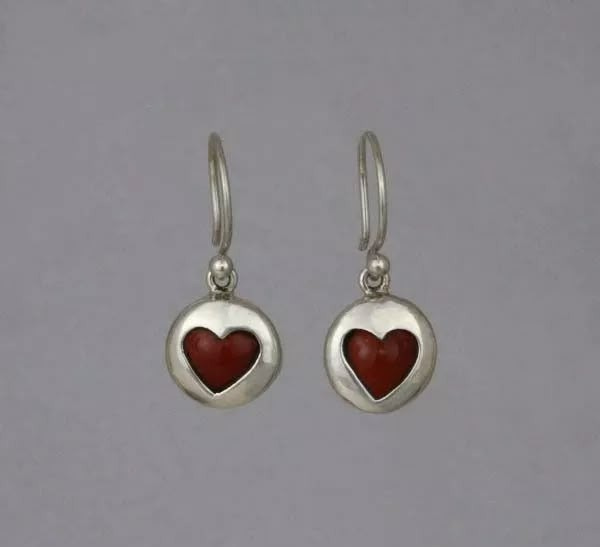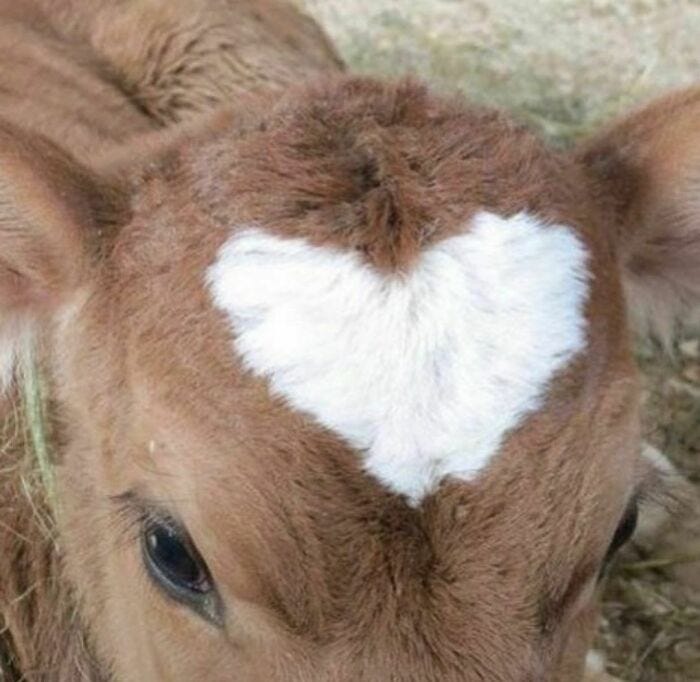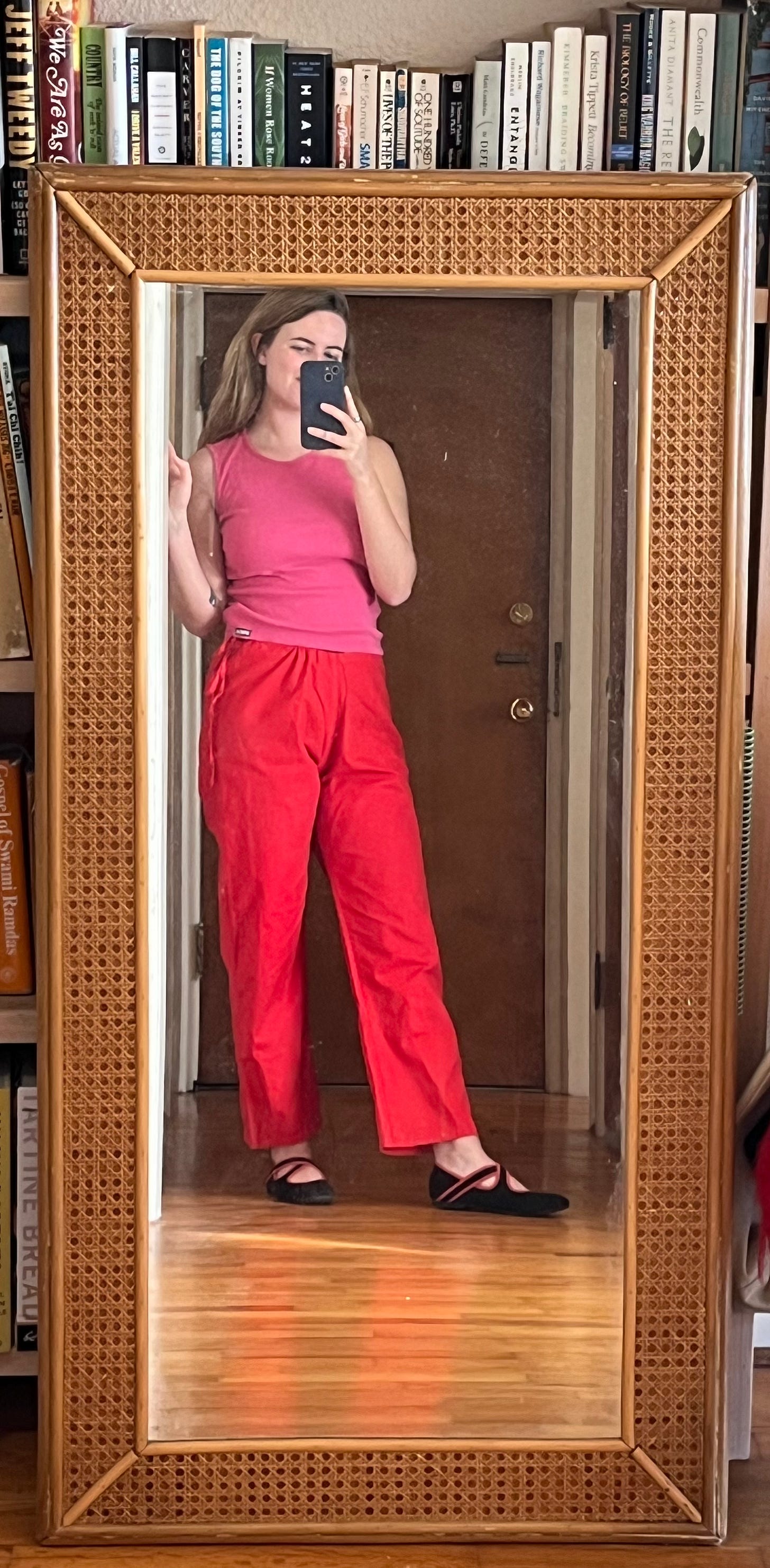It’s been a minute since I’ve done a proper herb profile, but this is one I’ve been wanting to write about since I started this newsletter. And what better time to write a herbal love letter than on valentine’s day? Ok, I’ve never been one to care much about this hallmark holiday, although my sweet tooth loves any opportunity to indulge. But valentine’s day, like nearly every holiday I can name, has pagan roots. The christianized day replaced what was known as Lupercalia - an ancient Roman festival that took place in mid February celebrating the god of fertility, Lupercus. It’s a bit of a grim holiday by today’s standards; a goat sacrifice would take place and then the skin of said goat would be dipped in blood and used to “gently”(?) hit women, which was seen as a fertility blessing. Hell, who am I to judge? My life feels worlds away from the roots of Lupercalia, but here we are, still celebrating the same day (it just looks a lot different!). Maybe I should’ve prefaced that with a trigger warning, but fear not, from here on out this newsletter shall focus on sugar and spice & everything nice because we are talkin’ cinnamon!
There are a number of different cinnamon types on the market, and you might even have a couple of different ones just in your cupboard! In western herbalism, the species most often used is what is known as True cinnamon or Ceylon cinnamon (Cinnamomum verum), which comes from Sri Lanka. In TCM you will mostly see Cassia cinnamon used, as it’s native to China. In most grocery store spice aisles you’ll be more likely to find Vietnamese or Indonesian cinnamon, as they are significantly cheaper than the Sri Lankan variety. They are all a little different, but one main thing to note is that True cinnamon has much lower levels of a toxic compound known as coumarin. So, if you’re using cinnamon therapeutically, I would stick with True cinnamon to protect your liver. For your average spicing and seasoning, I’d hedge a bet that you’ll be just fine with whatever form of cinnamon you choose.
When I started writing this letter, I began to think about the concept of cinnamon forests, something I’ve never thought about before and now can’t stop imagining. Don’t ya just wish you could whisper to someone, “meet me in the cinnamon forest”? I do. When we consume cinnamon, we are taking in the inner bark of the tree. Harvesting takes place in the rainy season as the moisture makes the bark much easier to work with. This laborious task has been going on for thousands of years. Cinnamon was like the spice of ancient times. Its first recorded use dates back to around 3000BC.
Cinnamon was considered a real luxury and was reserved for the rich or holy. The Egyptians used it to embalm bodies (it works as a preservative due to it’s antimicrobial properties), the Greeks and Romans burnt it as incense in their temples, and, according to the bible, Moses used it in his anointing oil. With cinnamon being at times worth more than silver, you can imagine the importance it held in the spice trade. When its origins became known, European nations swooped in to try to seize control of the production. The Portuguese, Dutch, and British all were colonizers of Sri Lanka and cinnamon played a large part in the land’s turbulent history. Eventually, the market cooled as more places began to produce cinnamon of their own, bringing down the price and status of it significantly.
From a herbal perspective, cinnamon is a herb for the heart as it raises vitality. It is a stimulant and it warms the body. A perfect fit for the person who is always cold, weak, often coming down with something, and never very hungry. Cinnamon will heat things up and spark an inner flame. Use it during colds, flus or for sinus congestion. Try it for cramps during menstruation - it’s like a nice warm hot water bottle on the inside. Cinnamon is a carminative, which means it can be used for pretty much all things digestion related, be that indigestion, H. Pylori infections, or diarrhea. It has antifungal and antibacterial properties (candida, anyone?), reduces the risk of diabetes and can lower blood pressure AND blood sugar to boot.
The studies on blood sugar reduction with cinnamon are pretty amazing, and as someone with self diagnosed insulin resistance, it is music to my ears. In one of my fav herb books, Herbal Medicine From the Heart of the Earth, author Sharol Tilgner explains that cinnamon has sustained effects on blood sugar. So, in essence, if you’re taking it therapeutically (1-5 gram dose/day) and then stop, it will continue to help maintain lower blood sugar levels for as long as 20 days after you cease to take it. To get that high multi-gram dose, I do not recommend bringing back the relic that is the “cinnamon challenge”. Taking a spoonful of cinnamon straight is a bad idea (I once got a tequilla shot in Budapest and was given a spoon of cinnamon as a chaser? Did not go well!). It’s easy and enjoyable to add cinnamon to your meals, in your smoothies, in a tea, etc., so have fun with it!
I recently had cinnamon ice cream which was a new flavour for me but one I will definitely return to. Another favourite way to consume cinnamon is in horchata - yum! On this day of romance, I intend to make some cinnamon and rose petal hot cocoa. Did I mention that it’s also an aphrodisiac?
I hope you enjoyed this letter and feel that much closer to our beloved cinnamon. Remember, you can love a plant! Let cinnamon be your valentine. Be in relationship with the spice. Get to know one another! When plants are in your heart you can never truly be lonely.
♡ ♡ ♡ ♡ may your heart always be full and your cup runneth over ♡ ♡ ♡ ♡












really loved this one <3
Meet me in the cinnamon forest! Love that, love this, love all your letters 🌹